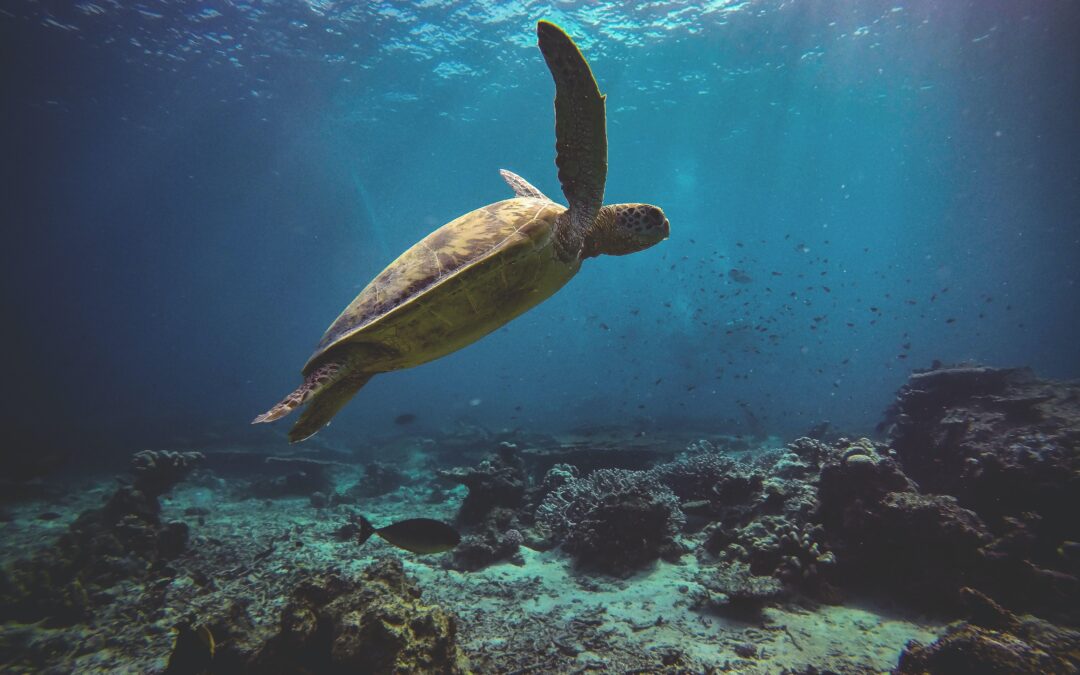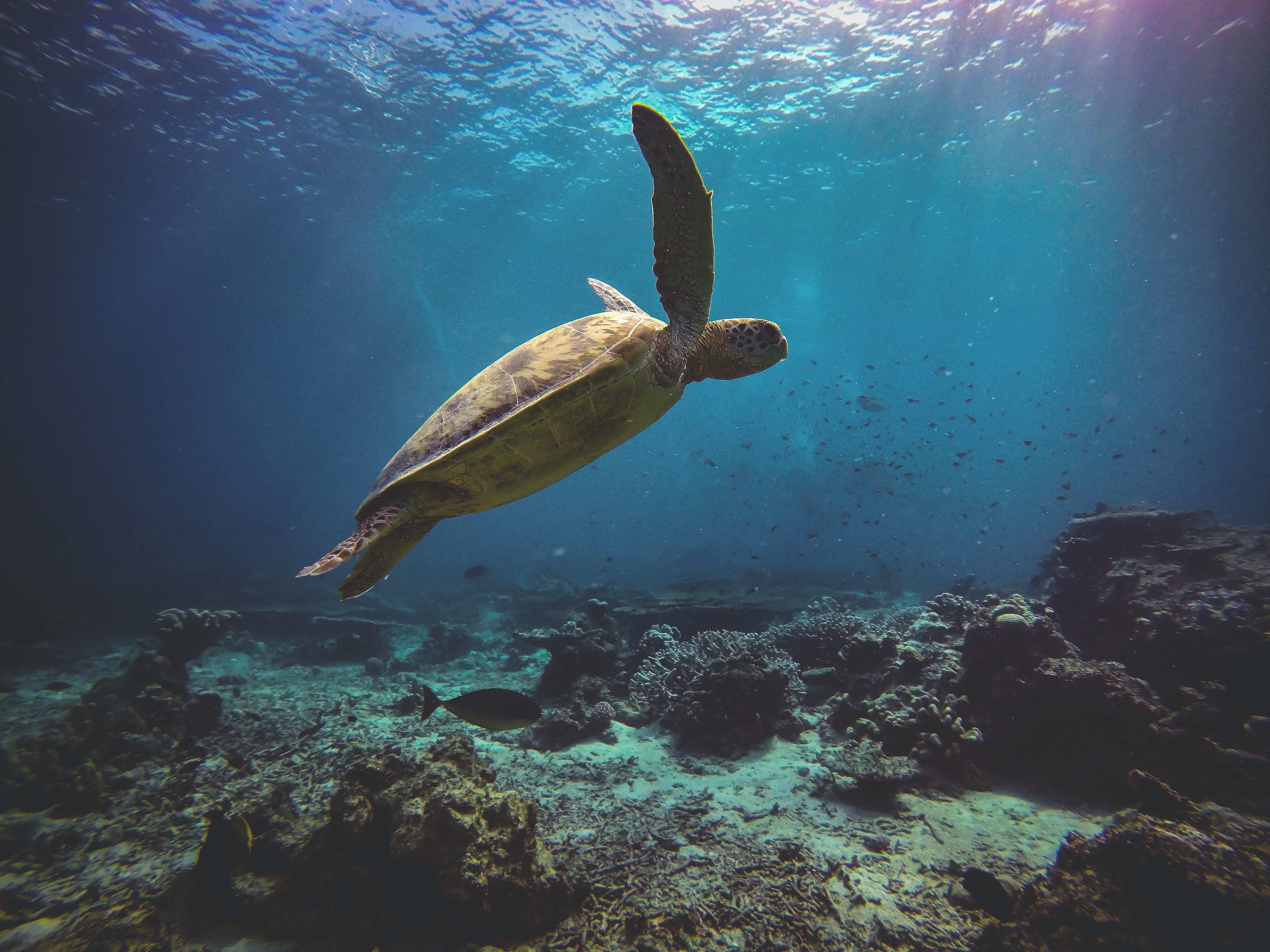
Sadly, many species, both animal and plants, suffer due to human activities. We often hear about all the endangered animals who have a slim chance to recover. Here are five species that illustrate conservation success stories and how the amazing capability for nature to bounce back with just a little help from us.
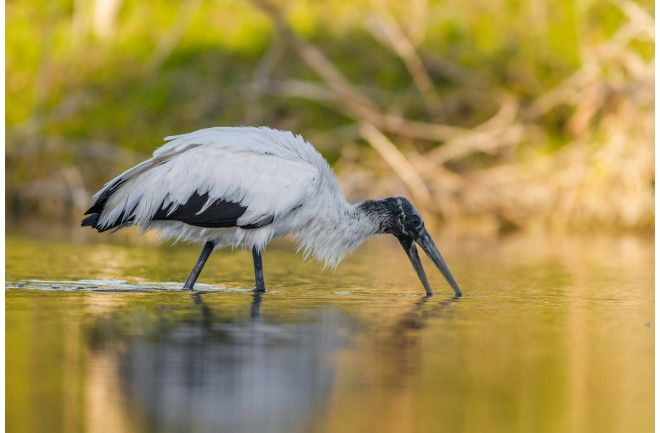
First off, the wood stork. According to Simona Picardi, an assistant professor of ecology at Utah State University, as a result of development, inland water had been diverted from the Everglades. This caused fish populations to plummet and then the wood storks.
The wood storks feed by dropping their beaks into the water and then they wade until they find a fish – this is called feed by feel. Their instinctive response to slam their beaks shut when they find a fish is one of the fastest impulses in the animal kingdom. However, when there isn’t enough fish the birds have a hard time finding food.
“Wood storks aren’t efficient foragers. They’re a Goldielocks bird, meaning when conditions aren’t just right they have trouble feeding,” Picardi says to Discover Magazine.
Back in the 1970’s the woodstorks moved north and began foraging and nesting in the Carolinas due to the lack of food – this led to an expansion of the stork population. Also, a huge Everglades restoration project in 2000 helped restore the natural water flow in the Everglades, making the massive bird able to hunt efficiently there once more. The birds were taken off the list of endangered animals back in 2014 because their number rose worldwide.
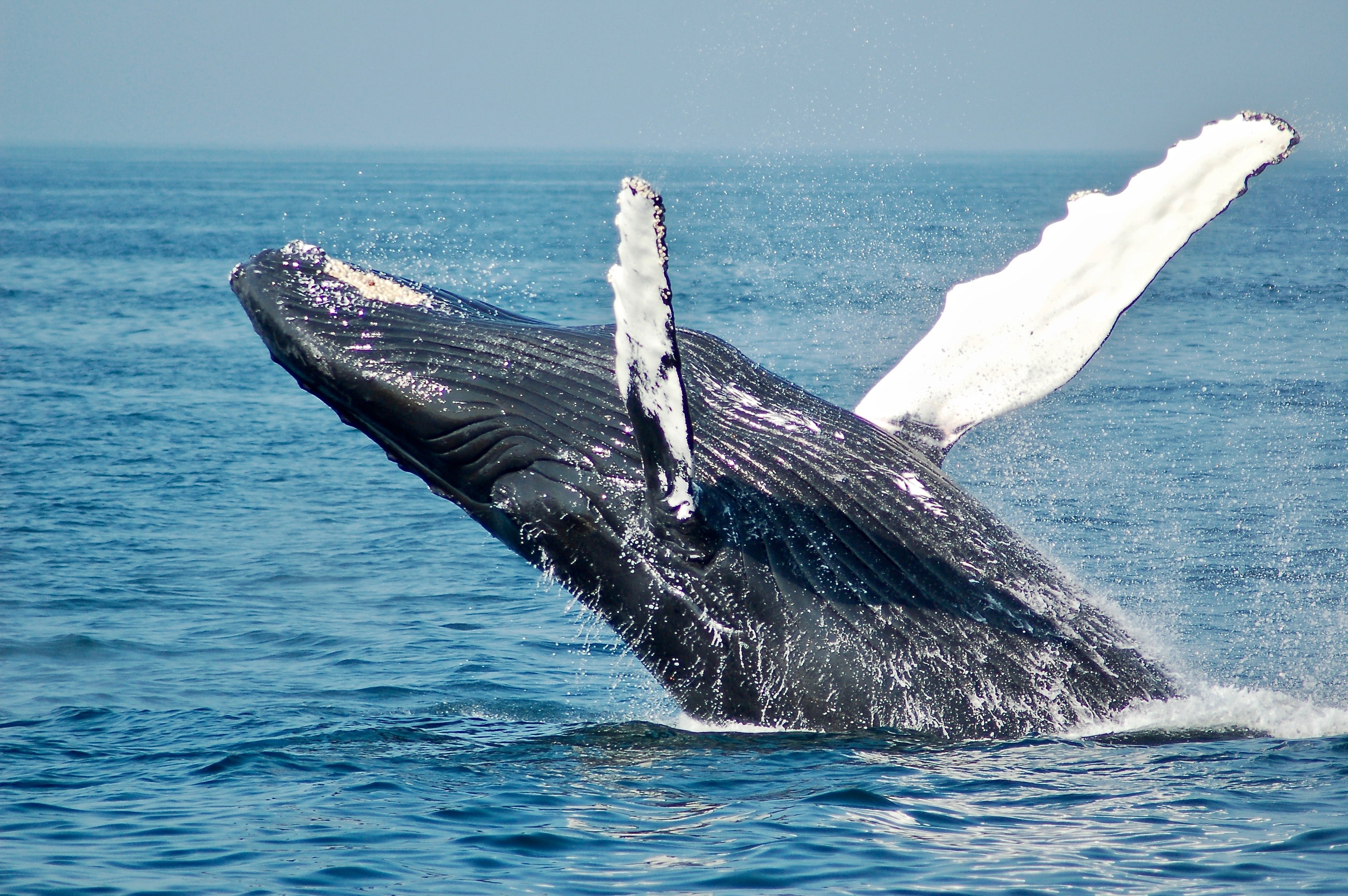
Next we have to humpback whales. Only 1200 individuals remained in the oceans worldwide in the 1980’s. Thanks to the moratorium on commercial whaling in 1985 the humpback was given a fighting chance. Now there are about 135 000 individuals in our oceans, they are no longer considered to be endangered and healthy populations can be found globally.

Only a handful (around 50 individuals) of green sea turtles could be found in the wild during the 1990s. This was due to both habitat loss and being trapped by fishing trawls. Thanks to a few years of protection under the Endangered Species Act, the green sea turtle have bounced back and now about 13 000 individuals are seen nesting at The Archie Carr National Wildlife Refuge (established in 1989 to protect the species).
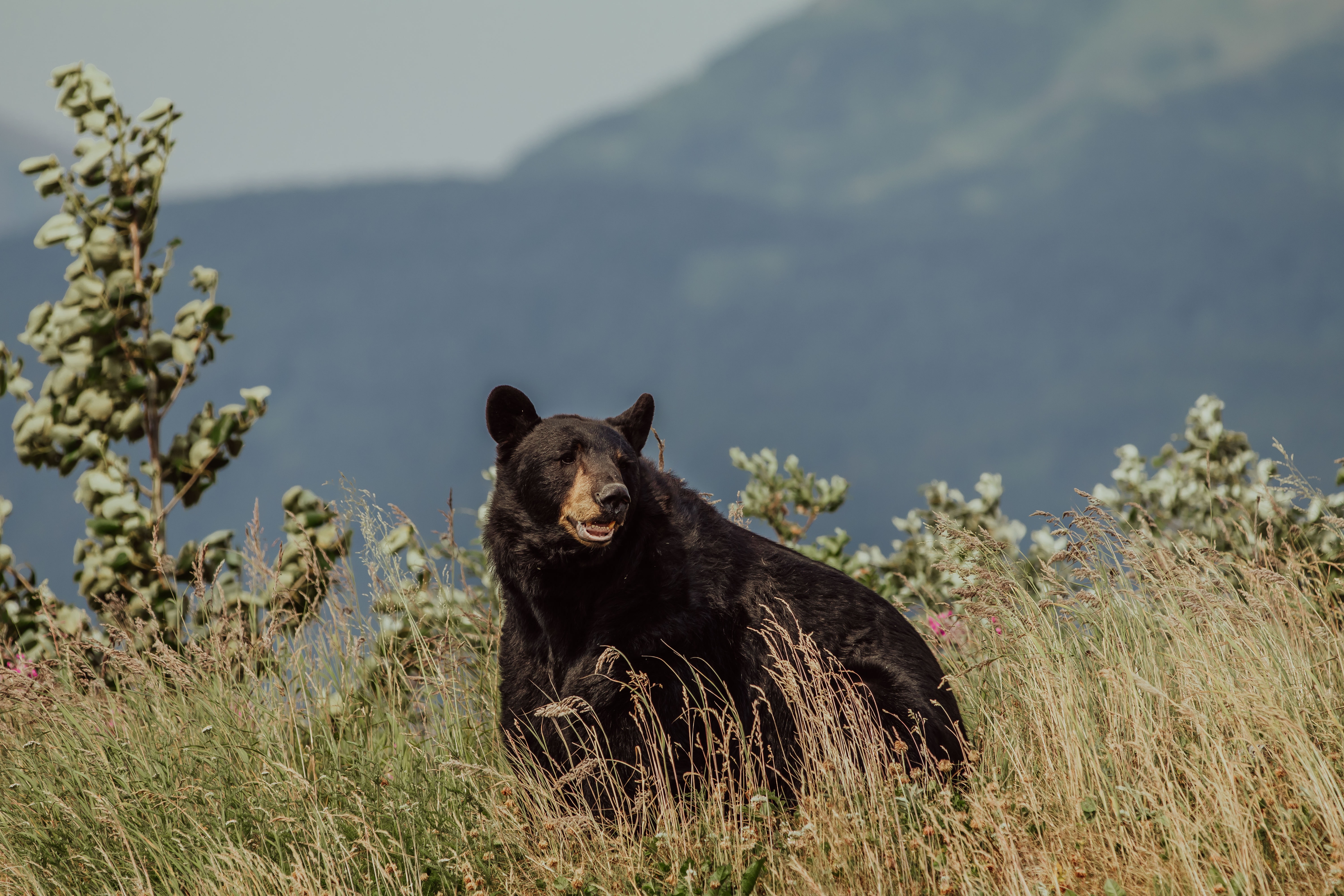
Joseph Clark, an ecologist with the Northern Rocky Mountain Science Center, explains that the population of the Louisiana Black Bear has rebounded in recent decades as a result of wetland restoration projects in Louisiana which turned farmland back into bear habitats.
“The oak seedlings planted through the program provide cover for the bears and allow them to move between habitats,” he says to Discover Magazine.
Why is this important? Well, because bears are “density dependent species”, which means they can only allow a certain number of other animals within their territory. If they don’t have enough room, they end up exterminating their own species in an effort to compete for food and mates, Discover Magazine explains.
Nonetheless, the bear is also amazing at adapting and they have been able to thrive in an ever-changing habitat. Also, they have learned to survive during the wet season by nurturing their cubs and hibernating high up in the trees until the flood water vanishes.
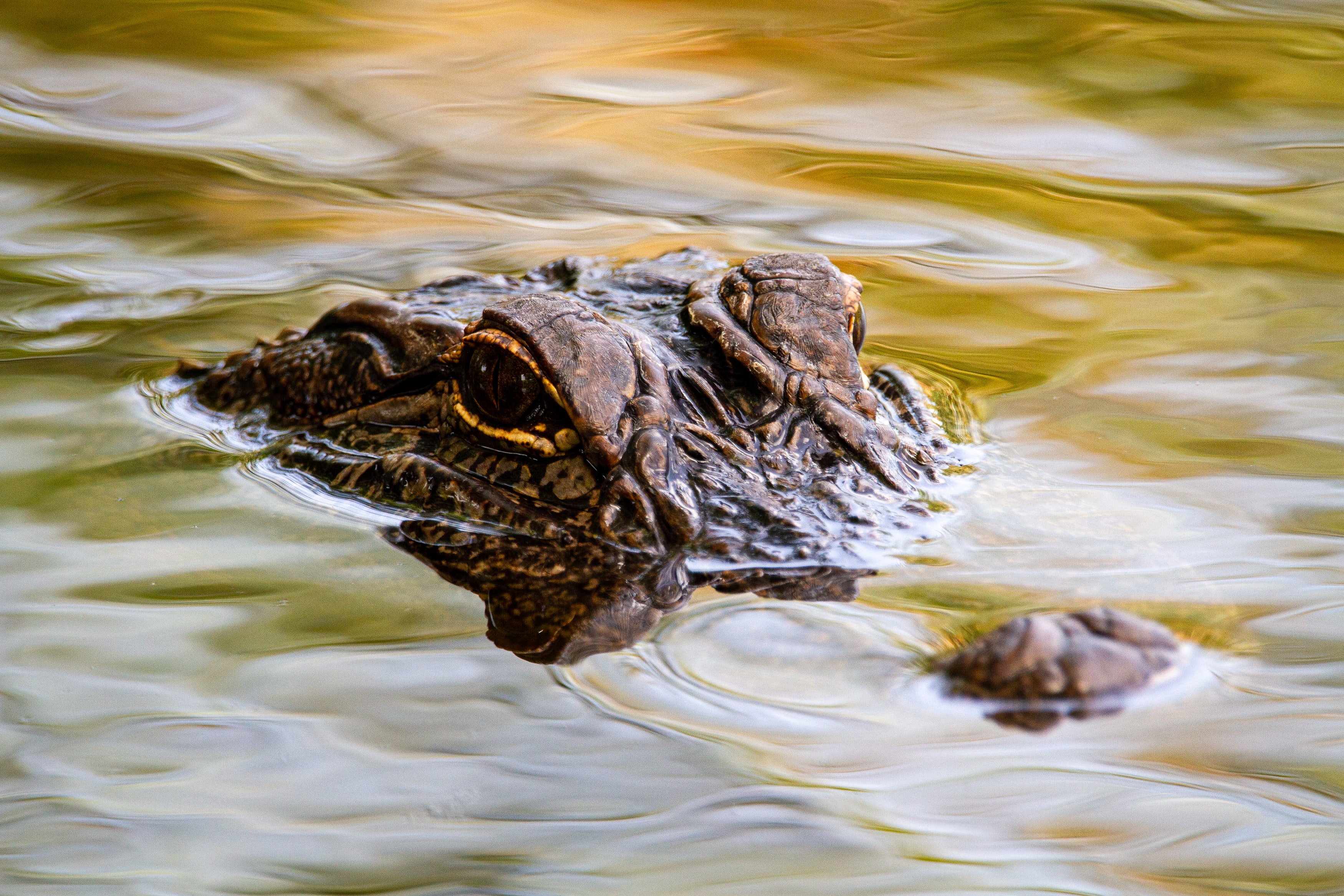
Last but not least we have the American alligator. In the 1950, the animal was almost hunted to extinction because of its skin. The alligator was placed on the Endangered Species List in 1967. Thanks to state and federal agencies together with conservation groups, the animal made an astonishing comeback. Now, almost 5 million alligators are spread out across the southeastern United States.
These kinds of success stories really show us that it is possible to help species bounce back from the brink of extinction and create a world where we can live together with the animal kingdom in harmony.

